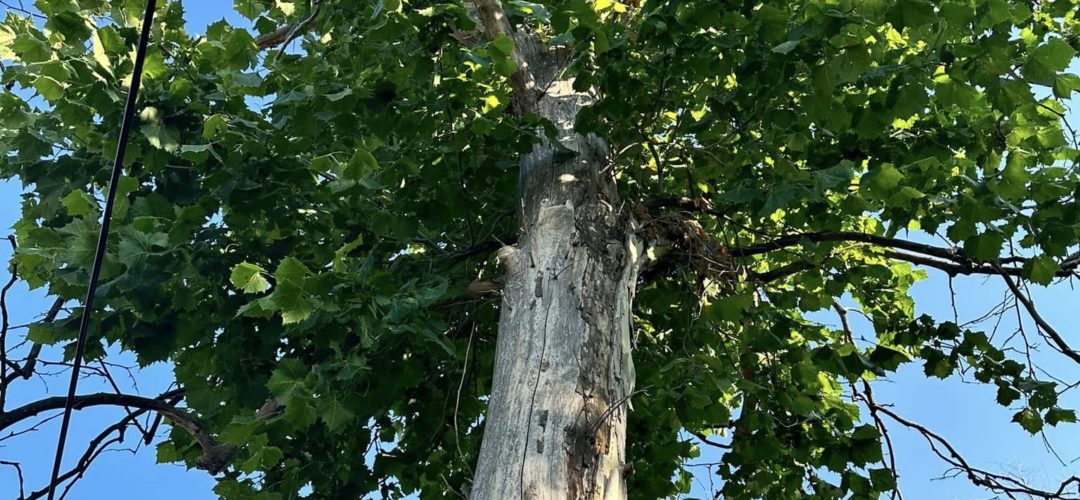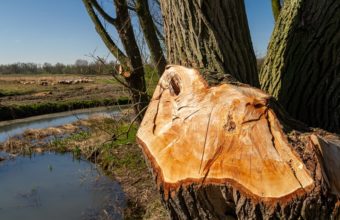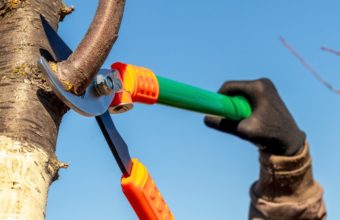The concept of a tree owning its own property is typically symbolic or hypothetical, rather than a legal or real-world arrangement. People may refer to a specific tree as “owning” a particular piece of land due to its historical or cultural significance and this is more of a metaphorical or poetic expression.
One example mentioned in this context is the “Treaty Oak” in Austin, Texas. The Treaty Oak is a centuries-old Southern live oak tree that has historical significance. It was named after the legend of the “Treaty Oak” because it stood on land once owned by the government and was said to represent a treaty made with Native American tribes in the 1830s.
In reality, trees do not have legal ownership of land, and the concept of a tree owning property is a figurative way of acknowledging a tree’s significance within a particular area.
In most legal systems, land ownership is determined by human property rights, deeds, and legal agreements. Trees on private land are generally considered part of that land’s ownership, and landowners are responsible for their maintenance and care. Trees on public land may be protected and managed by government agencies or conservation organizations.
If you have a specific question or are looking for information about a particular tree or its history, it’s advisable to consult local authorities, historians, or experts who can provide more detailed information about that tree’s significance and any associated legends or stories.






